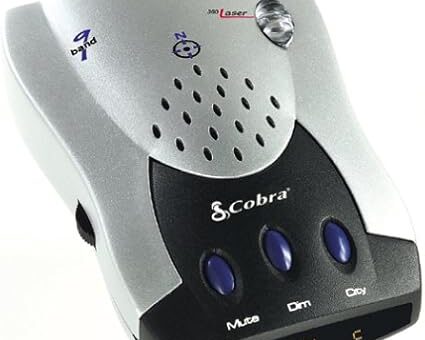






Ultimate Guide to Setting Up Radar Detector Band Filtering
When it comes to driving, the open road can be exhilarating, but it also comes with its fair share of risks—especially when it comes to speed enforcement. Enter the radar detector: a device designed to give you a heads-up about police radar signals. However, with so many bands and frequencies used for radar detection, you may find yourself overwhelmed. That’s where band filtering comes into play. In this guide, we’ll explore what band filtering is, why it’s essential, and how to set it up effectively.
Understanding Radar Bands
Before diving into the nitty-gritty of band filtering, let’s clarify what radar bands are. Radar detectors can pick up signals from various bands, including X, K, Ka, and even laser. Think of radar bands as different channels on a radio. Each band serves a specific purpose and operates at different frequencies. Here’s a quick rundown:
– **X Band**: Ranges from 8 to 12 GHz and is the oldest radar band, though not as commonly used today.
– **K Band**: Ranges from 24.05 to 24.25 GHz and is widely used by law enforcement.
– **Ka Band**: Ranges from 26.5 to 40 GHz and is the most advanced and commonly used band for speed enforcement.
– **Laser**: Unlike traditional radar, laser speed detection is quite precise and typically used for instant speed readings.
Understanding these bands is crucial because filtering out unnecessary signals can significantly enhance your radar detector’s effectiveness.
Why Band Filtering Matters
Imagine trying to listen to your favorite song on the radio, but all you hear is static and chatter. Frustrating, right? That’s exactly what happens when your radar detector is overwhelmed with signals from bands you don’t need. Band filtering helps eliminate false alerts and unwanted noise, allowing your radar detector to focus on what’s important—actual threats.
But why is this so vital? Here are a few reasons:
1. **Reduced False Alerts**: With effective filtering, you can minimize distractions caused by non-threatening signals.
2. **Improved Reaction Time**: Fewer alerts mean more time to focus on the road and respond to potential threats.
3. **Enhanced Detection Accuracy**: By honing in on specific bands, your radar detector can provide more reliable information.
Setting Up Band Filtering
Now that you understand the significance of band filtering, let’s walk through the steps to set it up.
Step 1: Know Your Detector
First things first, familiarize yourself with your radar detector model. Different detectors have varying options for band filtering. Whether you have a high-end model or a more budget-friendly option, reading the user manual will provide insight into the specific features available.
Step 2: Access Settings Menu
Next, access the settings menu on your radar detector. This is typically done by pressing a designated button on the device. Look for options labeled “Settings,” “Bands,” or “Filtering.”
Step 3: Choose Your Bands Wisely
Most detectors allow you to toggle bands on or off. If you live in an area where X band is rarely used, consider disabling it. Conversely, if K and Ka bands are common in your region, ensure they are enabled. It’s like choosing the right tools for the job—having the correct bands activated can make all the difference.
Step 4: Adjust Sensitivity Levels
Many radar detectors also allow you to adjust sensitivity levels. You might want to set it higher for urban areas where radar is prevalent and lower for rural settings. This can be particularly useful if you find yourself bombarded with false alerts in certain locations.
Step 5: Test Your Settings
After making adjustments, it’s essential to test your radar detector to ensure it performs as expected. Drive through areas known for radar enforcement to see how it responds. Are the alerts accurate? Are there still false alarms? Fine-tuning your settings may take a few drives, but the result will be a more reliable detection experience.
Frequently Asked Questions
1. Can I use my radar detector in all states?
While radar detectors are legal in most states, there are exceptions. For example, Virginia and Washington D.C. prohibit their use. Always check local laws before hitting the road.
2. How often should I update my radar detector?
It’s a good idea to update your radar detector’s firmware regularly. Manufacturers often release updates that improve performance and address any issues, including false alerts.
3. What should I do if I still experience false alerts?
If you’ve set up band filtering but still encounter false alerts, consider adjusting the sensitivity settings further or even consulting the manufacturer for specific troubleshooting steps.
Conclusion
Setting up radar detector band filtering is not just a technical task; it’s a vital step toward safer, more informed driving. By understanding the bands, adjusting your settings, and testing them out, you can create a custom experience that enhances your road awareness. With the right setup, your radar detector can transform from a mere gadget into an invaluable co-pilot, helping you navigate the roads with confidence. So, why take chances? Dive into those settings and unlock the full potential of your radar detector today!
